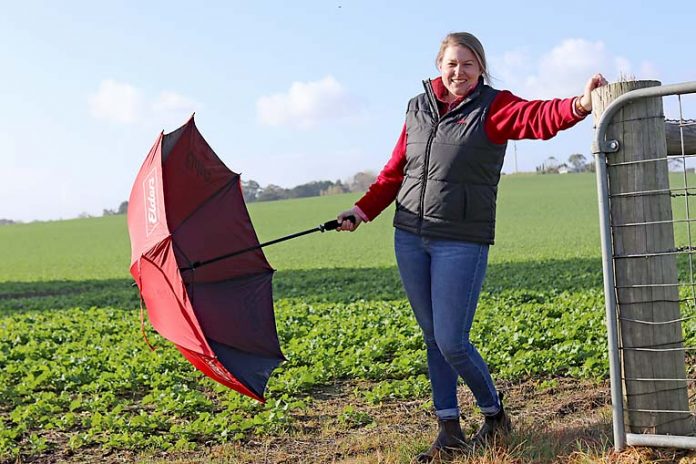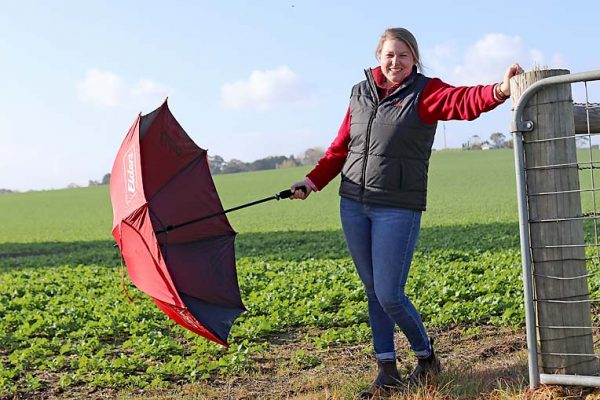

THE Limestone Coast agricultural sector is preparing to adapt to the impacts of unusual weather patterns in recent weeks as an early cold snap and drier than normal July from dramatically impacted rainfall.
According to the Bureau of Meteorology, the Mount Gambier district recorded around 60mm of rainfall for July, well short of the usual 100mm-plus annual figure.
With over 110mm recorded in 2019 and around 130mm in 2018, Elders Mount Gambier agronomist Sophie Schulz said the gap was significant and not what the Limestone Coast was accustomed to.
Ms Schulz said July was often the district’s wettest month of the year but the drier than usual conditions could increase opportunities for farmers to have pastures and crops fertilised early.
“It is pretty varied throughout the region. Directly south of Mount Gambier there is sufficient moisture, but if you go across the border towards Dartmoor or the north of Mount Gambier towards Strathdownie where there are more sandy soils, some of those places are looking at starting up paddocks a lot earlier for their hay and silage,” she said.
“I think we will see a lot of those things come in earlier this year and earlier applications of hay fertiliser while we do have some soil moisture.
“It has been a little bit different … I do not really know why, but what I do find interesting is it was forecast to be a wet winter early in.”
If below-average rainfall continues before warmer conditions settle in, Ms Schulz said Mount Gambier and the surrounding district would need to adapt.
“Farmers have been caught out before, they know their land and what paddocks react to certain things. I think they will be relatively prepared,” she said.
“It may be some paddocks this year do not get cut for hay and that is purely because the season has been reasonably short.
“We did have a reasonably good start to the year in terms of rainfall, but we got a cold snap early.”
When things get cold, Ms Schulz said it made it hard for crops to grow which the Limestone Coast would typically experience around the April and May period.
“A lot of paddocks which were put in for hay and silage this year have not had a grazing,” she said.
“Grazing is a little bit like a hair cut, it encourages growth and opens it up for bulk density for pants and crops.
“Baring in mind, we are essentially very lucky with the amount of water we have available here and we are a fortunate part of the country.”
Holding hope, Ms Schulz said another month of winter remained which could bring ample rainfall to the region.
“There is water in the drains so it suggests it is there and if we got an inch of rain in a hurry, things would get wet very quickly,” she said.
“When I say wet, things would become untraffickable. In July we should really not be able to drive on our paddocks.
“At the moment, we are having absolutely no troubles … there has not been an interruption.”
Weather continues to look favourably clear over the next few days with today expecting to reach a top of 16 degrees.
Saturday’s forecast offers a slight chance of rain at a top of 18 degrees and Sunday at 15 degrees.
Looking to next week, there is a high chance rain could settle over the district with showers forecast on multiple days.







